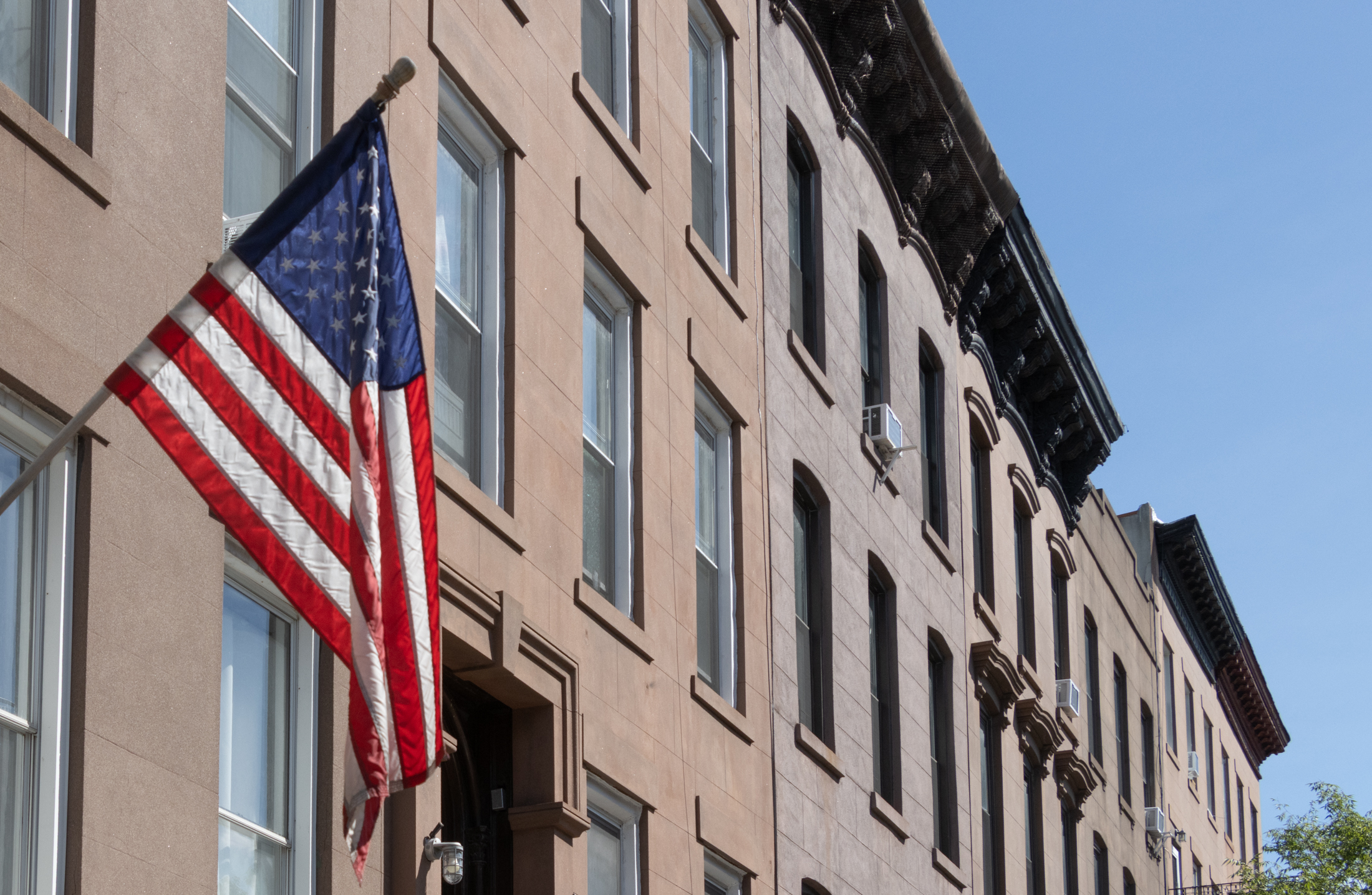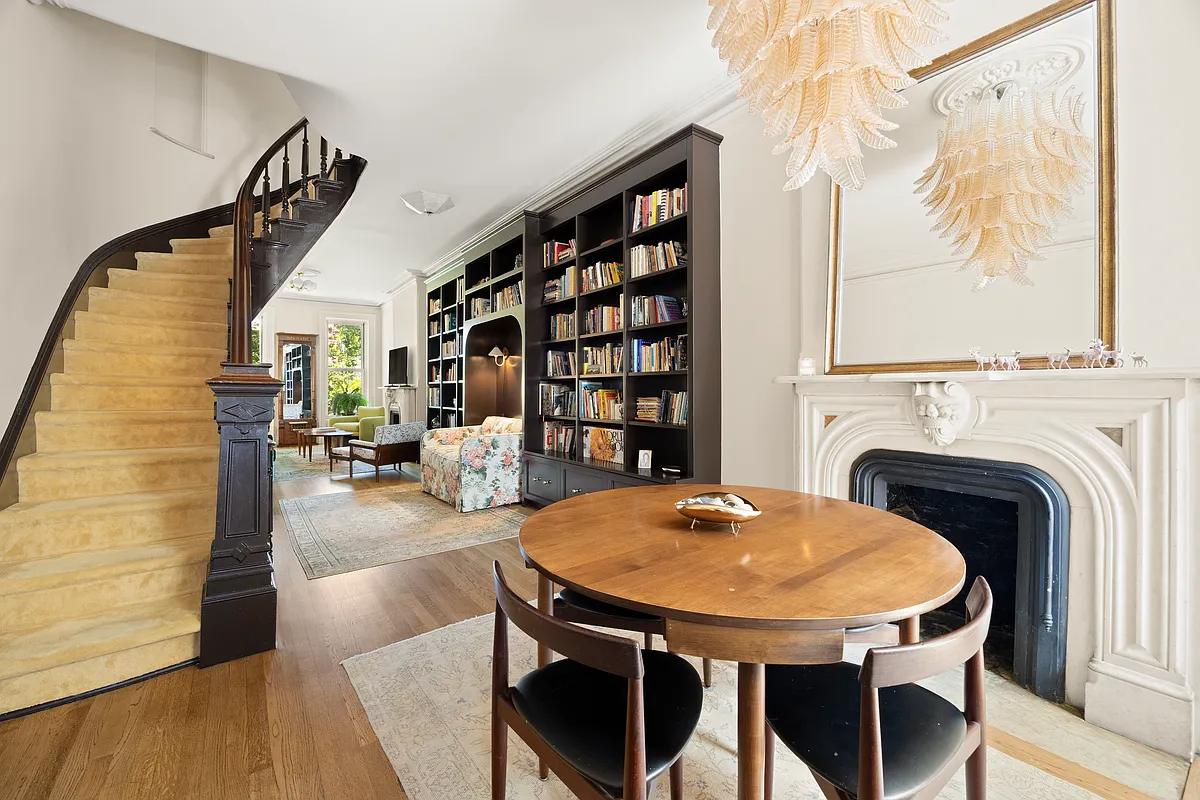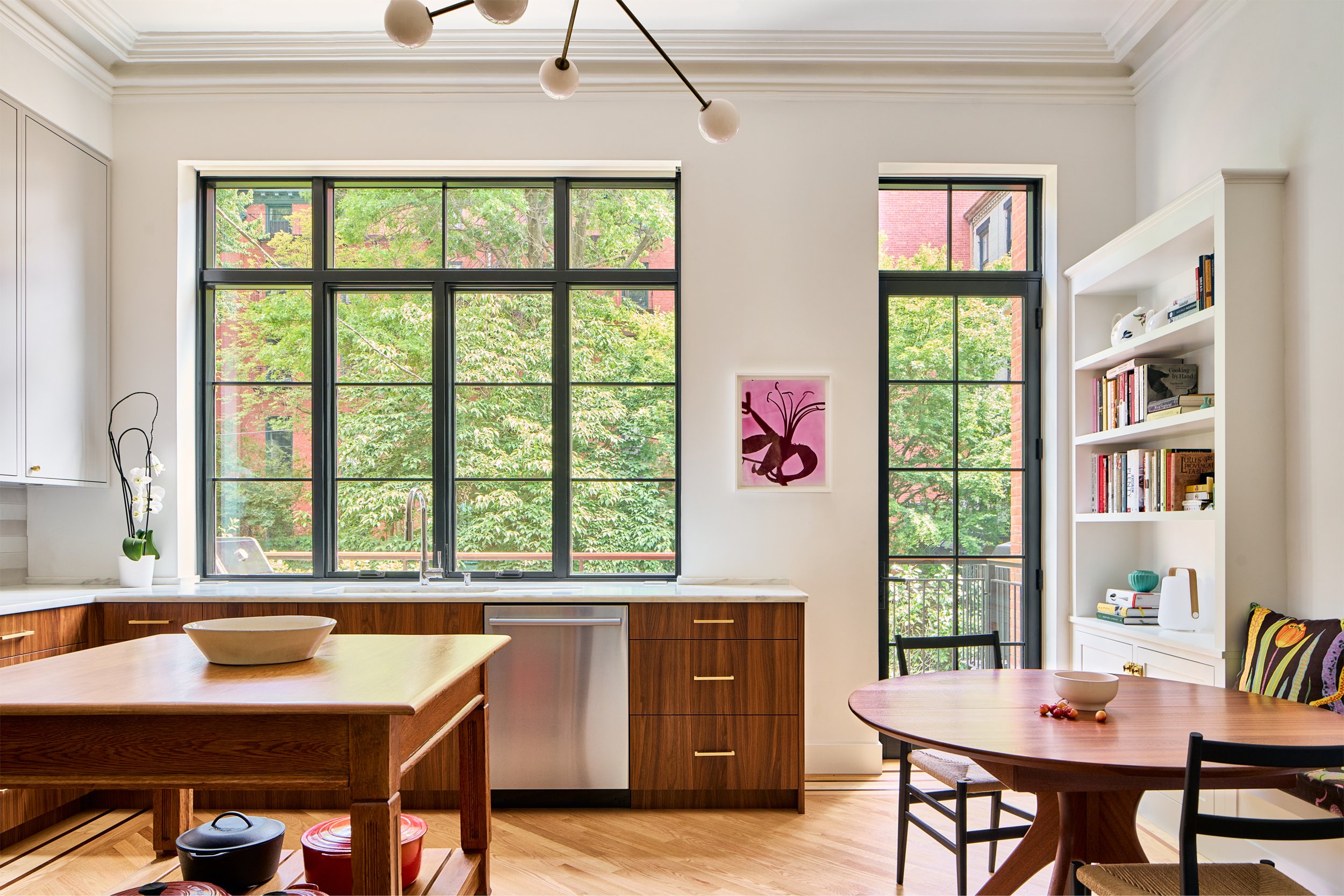ARM or Fixed-Rate? Tougher Call Now
For most of this year, nine out of ten homeowners with Adjustable Rate Mortgages (ARMs) facing their first adjustment opted to swap into a fixed rate loan. This was a reflection of the wide spread between what the post-adjustment rate would have been (most likely more than 7.5 percent) and the rate on a 30-year…

 For most of this year, nine out of ten homeowners with Adjustable Rate Mortgages (ARMs) facing their first adjustment opted to swap into a fixed rate loan. This was a reflection of the wide spread between what the post-adjustment rate would have been (most likely more than 7.5 percent) and the rate on a 30-year fixed loan (around 6.25 percent). As the bond market has backed up in recent weeks, however, the fixed rate mortgage isn’t looking quite as appetizing to some at 6.75 percent. If we sit down rationally, we’ll see the rates are historically very, very low still, said Melissa Cohn, Manhattan Mortgage CEO. But we’re a greedy crowd. In general, according to Cohn, those buying and refinancing in the hottest markets more likely to roll the dice with an ARM than their counterparts in more lethargic markets. Have any readers had to struggle with the ARM vs. fixed decision in the last couple of weeks?
For most of this year, nine out of ten homeowners with Adjustable Rate Mortgages (ARMs) facing their first adjustment opted to swap into a fixed rate loan. This was a reflection of the wide spread between what the post-adjustment rate would have been (most likely more than 7.5 percent) and the rate on a 30-year fixed loan (around 6.25 percent). As the bond market has backed up in recent weeks, however, the fixed rate mortgage isn’t looking quite as appetizing to some at 6.75 percent. If we sit down rationally, we’ll see the rates are historically very, very low still, said Melissa Cohn, Manhattan Mortgage CEO. But we’re a greedy crowd. In general, according to Cohn, those buying and refinancing in the hottest markets more likely to roll the dice with an ARM than their counterparts in more lethargic markets. Have any readers had to struggle with the ARM vs. fixed decision in the last couple of weeks?
Tough Choice: ARM or Fixed-Rate? [NY Times]





The rate on the 30 year fixed, the rate on the ten year treasury, and mortgage backed securities are all related and while they don’t move in lockstep, they do move together. The rate on the 10 year is a direct relation to demand for the security, which feeds long rates, and can be affected by demand for or pressure on mortgage backed securities. The dollar figures into this as well, as well as foreign demand for 10 year treasuries, which has kept rates low during the period the fed has been raising the overnight rate.
Raphael is wrong, 30 year fixed rate is not based on the 10 year treasury, it is based on mortgage backed securities. Inflation concerns and global competition for bond investors (why bond rates jumped when New Zealand raised rates) are what is driving the 30 year fixed rate right now, and the inflation data isn’t clear if inflation is really in check.
Rates on 30 year fixed mortgages have been trading in a high point range for the past year, we just dropped below the top range but are testing it.
Advice for someone who is looking at an ARM adjusting in the next 6 – 9 months to the mid 7’s or higher, and is planning on being in their home for at least 3 more years, now would be a good time to refinance and lock in the fixed rate. Get someone to help you make the right decision for you who is trained to give this advice, go to the CMPS Institute website and look for a Certified Mortgage Planning Specialist in your state to assist you in this decision process.
Bob, I have had good experiences with Victor Angel at Manhattan Mortgage. I’m surprised to hear that they are hitting you with nonsense. But then again, I followed Victor from Universal Mortgage, so maybe they were more ethical. 🙂
Low rates are over… for a very long time. It’s the end of an era. Lock in now or wait for prices to go down with higher rates later.
I just got a fixed 30 at 6.5, locked in for 60 days. But we’re hoping that rates head down in the meantime – I’m just not sure that they will do so that significantly. And we did not do the floating because over time, I don’t see rates dropping a lot – it’s too much of a risk for my pocketbook to hope for 5.0 and end up with an 8.5.
Nobody can rightly tell where rates will be a year from now, there are too many factors. People are watching the fed, but the fed has other things on its plate than the US housing market.
Last year at this time, all the experts were talking about higher rates, coinciding with a peak in the ten yr rate, yet it looked as though rates would go lower, which they did.
In any case, a chart can show you where you’ve been, and the emotions of buyers and sellers. Anything in the future is pure speculation, and everyone has their favorite way to do that, and to each his/her own (a side note to the ta = whatever…).
As to whether I personally would go for an adjustable or a fixed 30: I would always go for the fixed 30, because the security of a fixed number on the largest expense of owning outweighs the initial savings of the adjustable. The spread would have to be much greater than it usually is to convince me, or else I would have to know for an absolute fact that I was selling before the rate expired. Another thing to look at is the interest only 10 year and 15 year, which are really fixed 30’s with interest only in the early part, then a short amortization in the latter part. I priced these recently though, and the rates just weren’t low enough not to go with a 30 year fixed and buy it down with a point or more.
To itsawrap: as for a “straight shot to 5.5” all I say is keep an open mind. finding support at former resistance isn’t going to propel it anywhere. the markets will in their own time.
stay away from manhattan mortgage and martin hale in particular, they will rob you and hit you up with lots of junk fees and outright lie to you
Raphael,
So you are strictly discussing short-term day to day or week-to-week movements in the 30-year rate?
What does your analysis say about medium term movements.
LIke for example where it might be in 6 months to a year.
Also, maybe someone could address where the 1-year Treasury index might be headed?
That would be a key factor in a decision to just let the ARM rate float for a while after the five year lock expires.
Raphael, resistance is now support. If 5% holds on the downside, its a straight shot to 5.5% then 6.75%(2000 and 2001 highs)